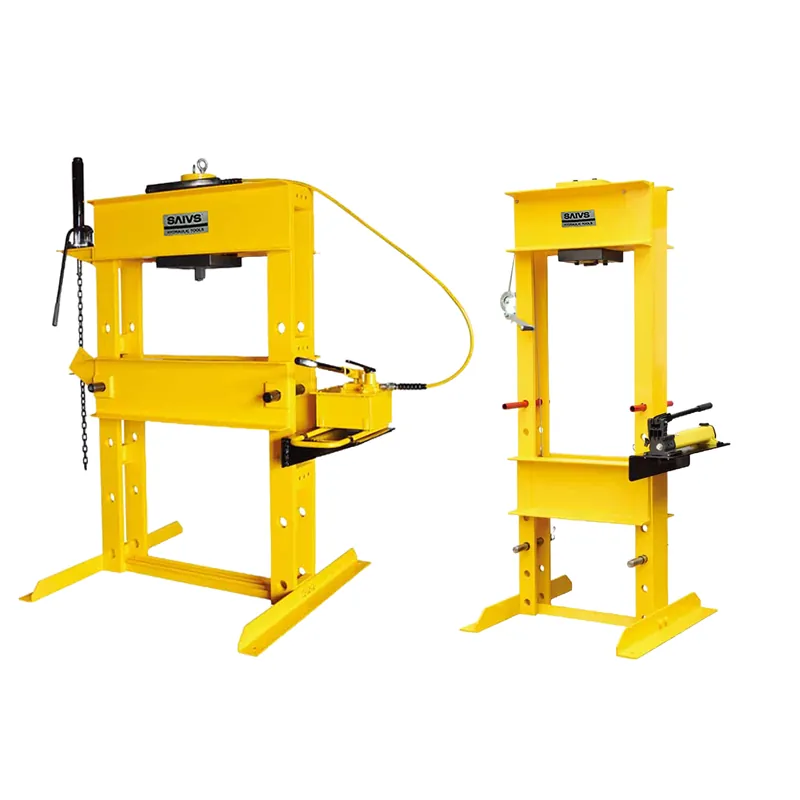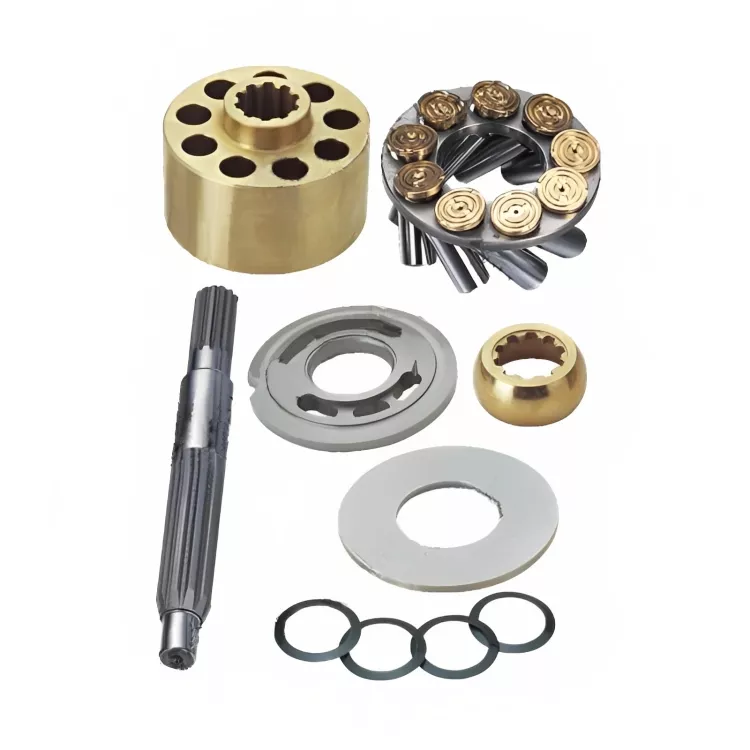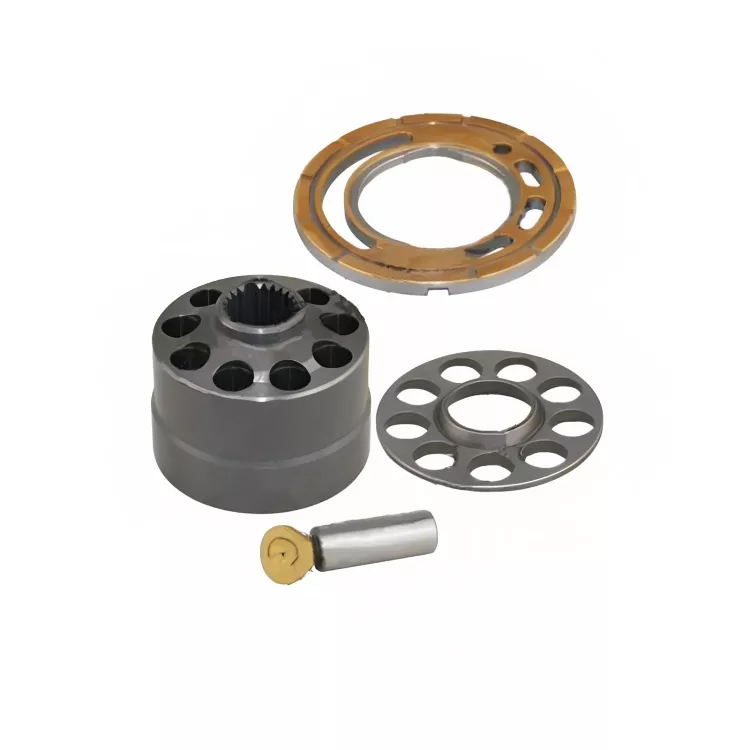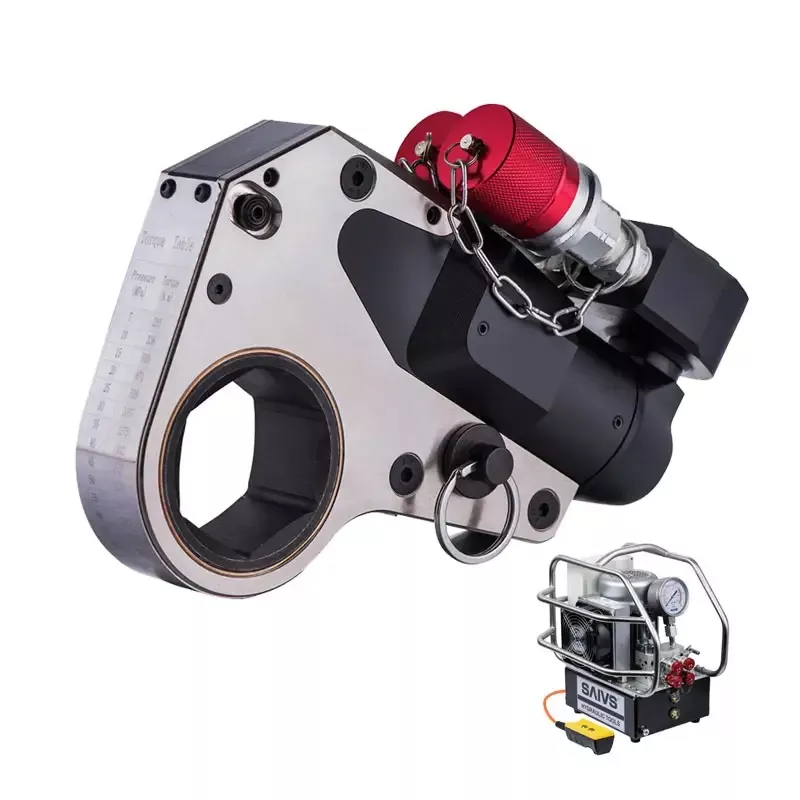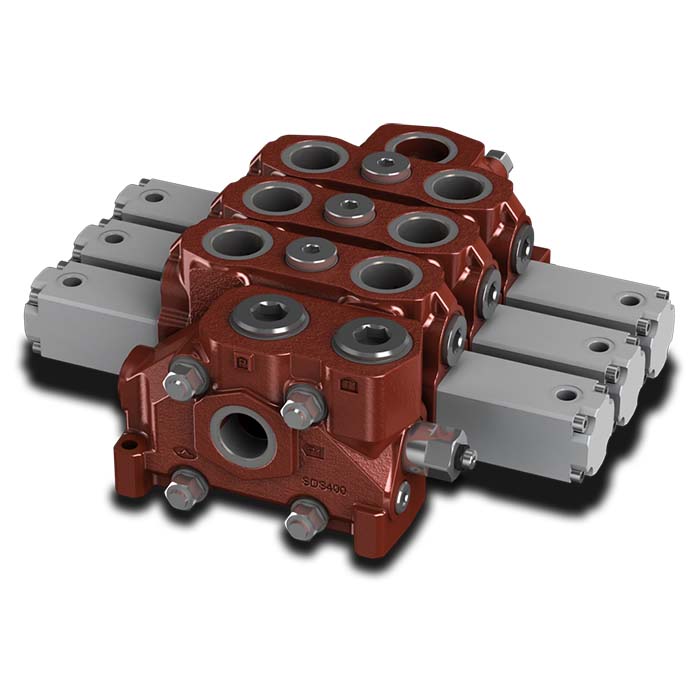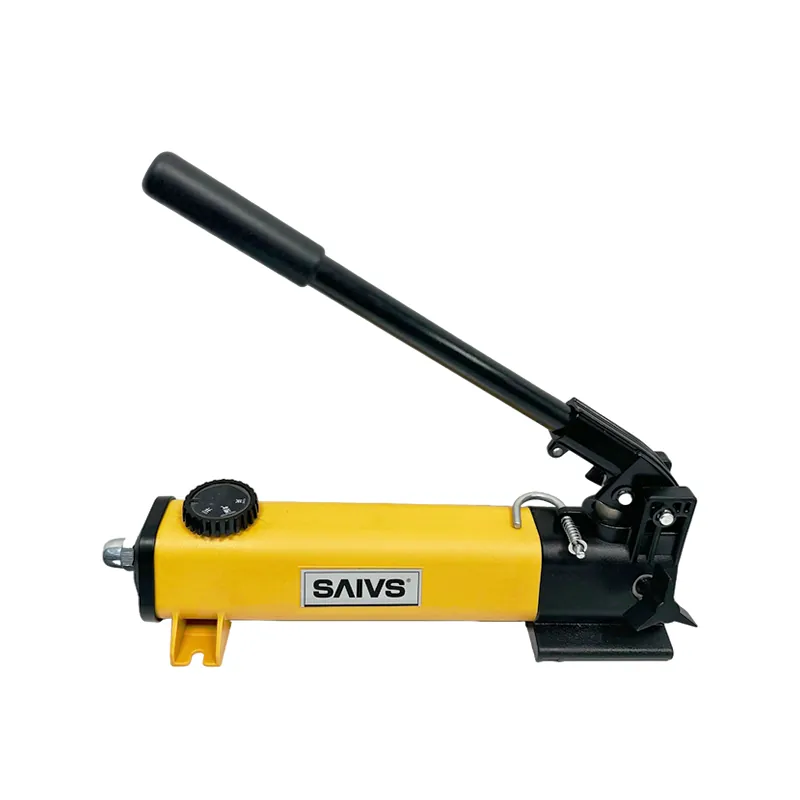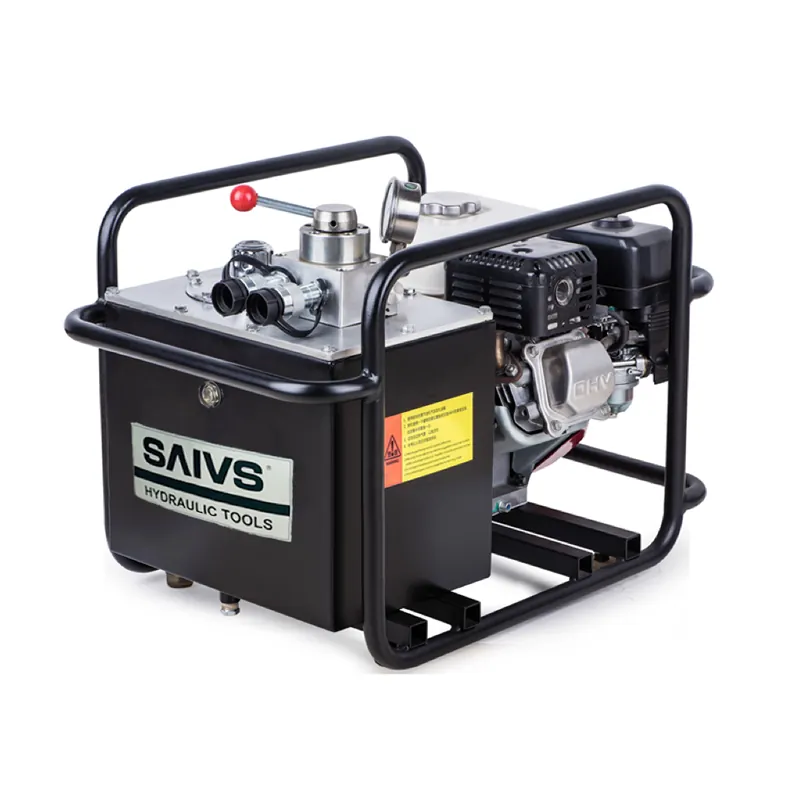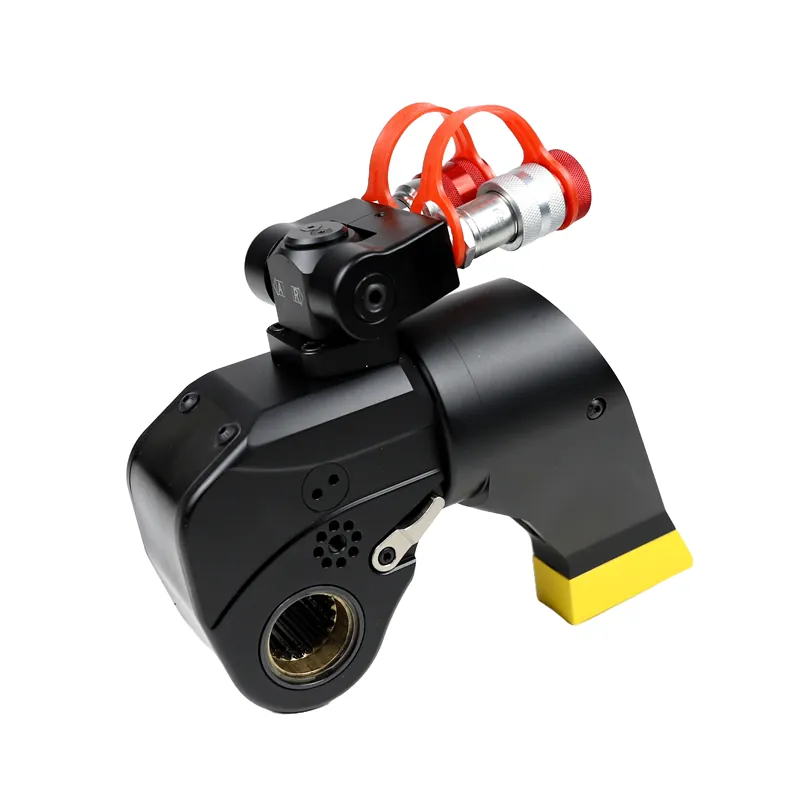Hydraulic Cylinders at High and Low Temperatures
Introduction
Hydraulic Cylinders are essential components in various industrial applications,
providing reliable force and motion control. However, extreme temperatures can
significantly impact the performance and lifespan of Hydraulic Cylinders.
In this article, we will explore how extreme heat and cold affect hydraulic cylinders
and discuss effective methods to protect them in both hot and cold environments.
The Effects of Extreme Heat and Cold on Hydraulic Cylinders
Extreme temperatures pose unique challenges to Hydraulic Systems, including the cylinders.
High temperatures can lead to increased fluid viscosity, accelerated wear of seals and components,
reduced lubricity, thermal expansion of materials, and potential leakage.
On the other hand, low temperatures can cause fluid thickening or even freezing,
decreased efficiency due to increased friction losses, reduced seal flexibility
leading to potential leaks or seal failure, as well as material contraction.
Protecting Hydraulic Cylinders in Extremely Hot Environments
In environments with high temperatures such as foundries or steel mills, it is crucial
to implement measures that safeguard hydraulic cylinders from excessive heat.
Here are some effective strategies
1. Heat-resistant seals: Utilize specially designed seals that can withstand elevated
temperatures without compromising their sealing properties. These seals should be made
from materials such as Viton or silicone rubber with high-temperature resistance.
2. Thermal insulation: Apply suitable insulation materials around the cylinder body or
use insulating covers to minimize heat transfer from the environment to the cylinder itself.
3. Cooling systems: Implement cooling mechanisms like heat exchangers or air-cooling
units that dissipate excess heat generated by the hydraulic system.
4. Proper maintenance: Regularly inspect hydraulic cylinders for signs
of overheating or wear caused by high-temperature conditions.
Ensure proper lubrication with oils formulated for high-temperature applications.
Protecting Hydraulic Cylinders in Extremely Cold Environments
In frigid environments like arctic regions or cold storage facilities,
hydraulic cylinders must be protected against freezing temperatures.
Consider implementing these measures
1. Cold-resistant fluids: Use low-viscosity hydraulic fluids specifically formulated for cold climates.
These fluids maintain their flow characteristics even at extremely low temperatures,
ensuring smooth operation of the system.
2. Cylinder heating systems:Install electric heaters,heat tracing cables,
or integrated heating elements within the cylinder structure to prevent fluid thickening,
maintain optimal operating temperature,and avoid potential damage due to freezing.
3. Insulation covers:
Apply insulating covers around exposed parts of the cylinder
to minimize heat loss and maintain a stable operating temperature.
Insulation materials like neoprene foam provide effective thermal protection.
4. Regular maintenance:
Perform routine inspections on hydraulic cylinders operating in cold environments.
Check for any signs of fluid thickening,
seal damage,or reduced performance caused by extreme cold conditions.
Ensure proper lubrication using oils suitable for low-temperature applications.
Conclusion
Extreme temperatures present significant challenges for hydraulic systems,
including their vital components such as hydraulic cylinders.
By implementing appropriate protective measures,industries can ensure optimal performance,
and minimize downtime associated with temperature-related issues.Proactive maintenance combined
with specialized solutions tailored for hot or cold environments is key to maximizing
efficiency and reliability in challenging temperature conditions.


